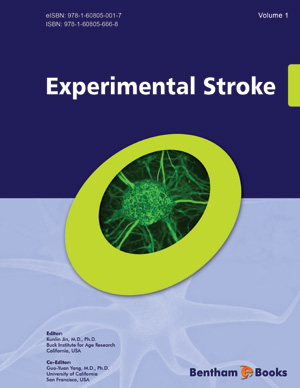Abstract
Neovascularization is the generation of new blood vessels and is made possible either through vasculogenesis, arteriogenesis, or angiogenesis. This process is far from simple as a plethora of growth factors, cytokines and chemokines, and various cell types are required to interact in a collaborative manner in order to initiate and maintain neovasculature. Because neovascularization process occurs following ischemia or traumatic injury, promoting neovascularization is a potential therapeutic approach to these insults. Exogenous regulation of blood vessel formation is therapeutic when it produces functional and stable capillaries, in which newly proliferating microvessels minimally increase blood-brain-barrier permeability and produce adequate regional cerebral blood flow. To review this issue of cerebral neovascularization, we discuss: 1) important angiogenic growth factors, cytokines, extracellular matrix proteins, and cell types involved in brain angiogenesis; 2) involvement of inflammation in cerebral neovascularization; 3) stem cells play a role in cerebral neovascularization; 4) neovascularization following cerebral ischemia in animal model or in clinical cases; and finally 5) neovascularization as a therapeutic target for cerebral ischemic injury.






















